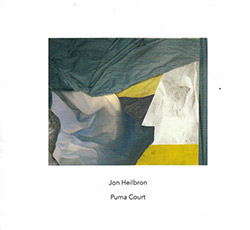
Two compositions from Berlin-based Australian composer-instrumentalist Jon Heilbron scored for two double basses and two hardanger fiddles--violins with extra sympahetic strings-- in his two part "Puma Court", a slowly-evolving work that develops uniquely rich acoustic environments of interacting harmonies & timbres, punctuated with subtle percussive elements.
Out of Stock
Quantity in Basket: None
Log In to use our Wish List
Shipping Weight: 3.00 units
Sample The Album:
Hakon Thelin-double bass
Jon Heilbron-composer, double bass
Helga Myhr-fiddle
Rasmus Kjorstad-fiddle
Click an artist name above to see in-stock items for that artist.
Label: Another Timbre
Catalog ID: at145
Squidco Product Code: 28331
Format: CD
Condition: New
Released: 2019
Country: UK
Packaging: Cardboard Gatefold
Recorded at Majorstuen kirke in Oslo, Norway, in December 2018, by Balint laczko.
Another Timbre Interview with Jon Heilbron
What is your musical background, and how did you come to experimental music?
As a double bassist I have a been fortunate to engage with music from various traditions pretty much from the beginning of my studies. I pursued a classical music education and played with orchestras and chamber ensembles, in addition to the various improvised and experimental activities I participated in starting in my late teens. My exposure to experimental music came through a combination of the influence of some of the older musicians in my social sphere, and my time spent in the university library (to which I had access as a high school student) perusing scores, books, and recordings by Cage, Xenakis, Feldman et al. From that point on I developed and maintained practices in the classical, contemporary, and experimental worlds simultaneously, and all of these areas of music continue to have a cherished place in my current practice. As a composer I am untrained in any conventional sense, and consider myself an amateur in this area.
You're originally from Australia, but live in Berlin. Did moving to Europe feel like a necessary step?
I am a first generation Australian with Western and Eastern European heritage, I have always felt, to some degree, the presence of various European cultures and traditions in my life. For this reason, I grew up with a desire to explore these connections further. So in that sense, it wasn't such a drastic decision for me to move to Germany, where my paternal grandfather spent the first part of his life. It was also a fairly gradual move, with shorter periods in subsequent years also spent in Norway, Austria and back in Melbourne. At the time of my first visit to Berlin, I was on a hiatus from playing, and music was not a particularly strong motivating factor for moving there. However, I soon discovered a diverse, warm and vital musical community, and one in which I feel very privileged to now find myself an active participant.
How did the Puma Court project, with its distinctive instrumentation, come about?
The project goes back to 2016, where I performed a concert with Håkon Thelin at the Majorstuen kirke in Oslo which featured a piece of mine for two basses. It was such a rare and rewarding experience for me to work with Håkon on my own music that I decided to continue to develop and extend the piece. In 2018 I suggested a project to Håkon which would involve, among other things, recording and performing several new pieces for two basses. He suggested involving Rasmus and Helga, two hardanger fiddle players and students of his at the music academy in Oslo. While primarily active in the world of Norwegian folk music, they were eager to be involved, and so I reworked the pieces to include them.
What is the difference between a hardanger fiddle and a violin? Would the Puma Court pieces change significantly if played on standard violins, or is the difference more in the approach and background tradition that the players bring to it?
I am far from an authority on the hardanger fiddle, but my understanding is the hardanger fiddle differs from a violin in that the sympathetic strings running under the fingerboard supplement the (relatively steely) sound of the 'usual' strings with what I experience as a cloud of resonance, which gives the instrument its own special timbre. The Puma Court pieces were written for these specific instruments (and with these instrumentalists) in mind, and any re-orchestration of these pieces would also be shaped not only by the instruments, but the players and their respective backgrounds and musical interests. Because of my interest in writing music for (and with) individual musicians, the same instrumentation played by different people would most likely result in a different piece.
The two pieces on the CD occupy very similar soundworlds, or do you see a difference between the two parts?
The two parts were initially conceptualized as two responses to the original bass duo piece I mentioned earlier. I began work on what was to become the second part first, then out of that came the idea for a more spacious, abstracted version of the same material, which evolved into the first part. This in turn influenced the way the second part was developed, and by the end I was left with what I think of as two renderings of the same set of materials, each bearing the mark of the other in more and less subtle ways.
You said earlier that you are 'untrained' as a composer and consider yourself 'an amateur in this area'. Is that something that you are seeking to change, or do you feel that lack of training need not be a negative when it comes to composition?
While I do feel some responsibility to continually better myself as 'a composer', I also find myself constantly refining my own ideas about what exactly that is. For the last few years, I have made my practice in this area more about celebrating relationships, be they with people, places, times of day (or night)... So I don't feel that a conventional education in composition would provide me with the facility to achieve my current compositional aims. However, I enjoy working collaboratively, and I treat every opportunity to engage in concepts and musical forms alongside musicians who inspire me as a necessary and fulfilling learning experience.

The Squid's Ear!
Artist Biographies
• Show Bio for Hakon Thelin "Håkon Thelin is a double bass player and composer. He performs with the ensembles Oslo Sinfonietta and POING, and also regularly with Ensemble Modern and musikFabrik. At present, his main interest lies in the combination of contemporary music and folk music, in microtonality and in the sonic exploration of harmonics and multiphonics on the double bass. Together with Rolf-Erik Nystrøm on saxophones and Frode Haltli on accordion, Håkon forms POING, an ensemble which, since they started playing together in 1999, have been one of the leading ensembles for contemporary music in Scandinavia. They have played in clubs and concert halls in most European countries, the US as well as in China and Japan, with more than 100 first performances. For their work with contemporary music, POING were in 2009 awarded "Performer of the Year" by the Norwegian Society of Composers. In 2011, POING were artistic directors of the Ultima Festival in Oslo, Scandinavias largest festival for contemporary music. Håkon is the administrative manager of POING. Håkon' CD releases includes the 2004 solo release "a p)reference to other things", presenting works by Iannis Xenakis, Bent Sørensen and Jacob Druckman. His second solo recording called "Light" was released in 2011, featuring his own compositions. Light was awarded the Norwegian Grammy "Spellemannsprisen" in 2012 for best contemporary album. In 2015 he released his latest solo project, called "Folk", with works inspired by folk music. He has also recorded a duo album with bassist Stefano Scodanibbio and a tribute CD to Scodanibbio together with bass players like Mark Dresser, Sebastian Gramms, Jöelle Leandre and Barre Phillips. Together with the folk singer Unni Løvlid he has released the albums "Lux" and "Hymn". From 2007-2011, Håkon worked as artistic research fellow at the Norwegian Academy of Music with the project "A new world of sounds - advancements in contemporary double bass techniques". Here, he specifically worked on the music and techniques of Stefano Scodanibbio, exploring sounds and creating new techniques to be used in his own music. Together with professor Knut Guettler he has also presented a groundbreaking research on multiphonics on the double bass." ^ Hide Bio for Hakon Thelin • Show Bio for Jon Heilbron "Jon Heilbron is an Australian Double Bass player, improviser and composer, working within the areas of contemporary classical, improvised and experimental music. Jon has performed both as a soloist and with various groups in Australia, Germany, the United Kingdom, Argentina, Denmark, Israel, Russia, Norway, Austria and Singapore. As an interpreter of contemporary music, he has performed with Klangforum Wien (Austria), Apartment House (UK), Kammerensemble Neue Musik (Germany), An Assembly (UK), Ensemble Soundinitiative (France) Konzert Minimal (Germany) and Ensemble Schallfeld (Austria). He has presented music at festivals including the Darmstädter Ferienkürse (Germany), Archipel Geneva (Switzerland), Wien Modern (Austria), Manifeste Paris (France), the Impuls festival, Graz (Austria), The Bendigo International Festival of Exploratory Music (Australia), SpinaFest in St. Petersburg (Russia) and the Multiversal Festival in Copenhagen (Denmark). He is active within improvised and experimental music with his collaborative groups Ellipsis, Arches, DRUM and doubleFRAU, and is the founder of the Phonetic Orchestra, an ensemble made up of some of Melbourne's most innovative emerging Improvisers, composers and performers." ^ Hide Bio for Jon Heilbron • Show Bio for Helga Myhr "Helga Myhr was born into a music and dance rich family, and began singing, dancing and playing music during her childhood. Helga is an A class Hardanger fiddler and a student at the music academy in Oslo. She also teaches dance classes and teach Hardanger fiddle." ^ Hide Bio for Helga Myhr • Show Bio for Rasmus Kjorstad Rasmus Kjorstad is best known from his duo with brother Hans Kjorstad performing Norwegian folk music on the fiddle. In 2016 they released the album Pusinshi Ulla, a serious interpretration of music from their homeland. Kjorstad was born in Fron, the mountainous central area of Norway. ^ Hide Bio for Rasmus Kjorstad
11/20/2024
Have a better biography or biography source? Please Contact Us so that we can update this biography.
11/20/2024
Have a better biography or biography source? Please Contact Us so that we can update this biography.
11/20/2024
Have a better biography or biography source? Please Contact Us so that we can update this biography.
Have a better biography or biography source? Please Contact Us so that we can update this biography.
Track Listing:
1. Puma Court One 29:13
2. Puma Court Two 21:18
Compositional Forms
European Improvisation, Composition and Experimental Forms
Stringed Instruments
Trio Recordings
Recordings Utilizing the Natural Resonance of a Space
New in Compositional Music
Search for other titles on the label:
Another Timbre.

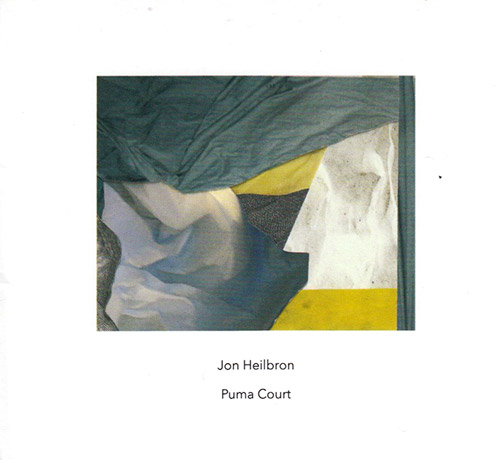


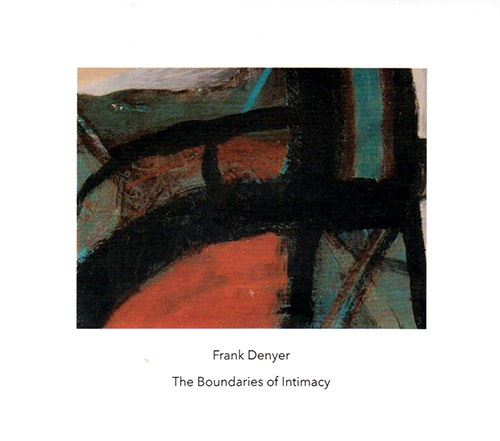

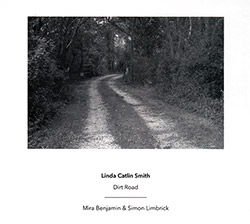



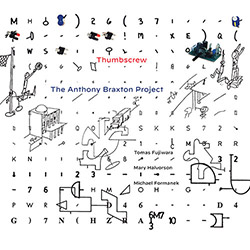
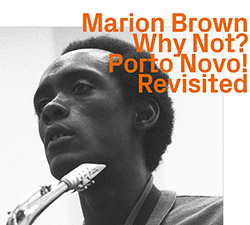



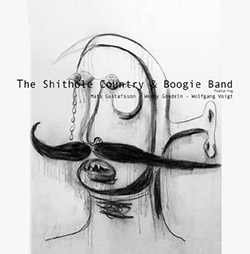
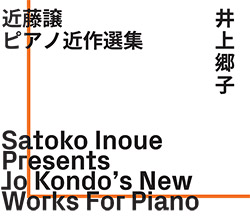
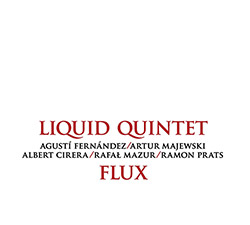
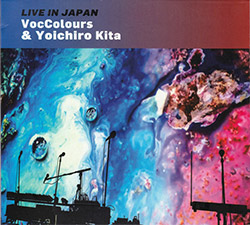



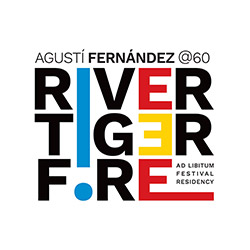
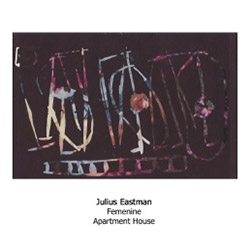

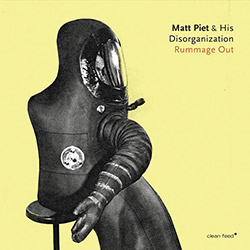

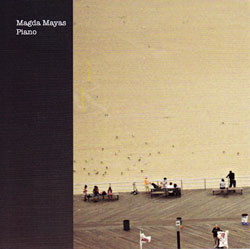


![Guy, Barry / Ken Vandermark: Occasional Poems [2 CDs]](https://www.teuthida.com/productImages/misc4/34849.jpg)
![Novoa / Carter / Mela Trio: Vol.1 [VINYL]](https://www.teuthida.com/productImages/misc4/35236.jpg)


![Elephant9 : Mythical River [VINYL]](https://www.teuthida.com/productImages/misc4/34624.jpg)
![Evans, Peter (Evans / Eldh / Black): Extra [VINYL]](https://www.teuthida.com/productImages/misc4/35279.jpg)

![McPhee, Joe: Straight Up, Without Wings [BOOK]](https://www.teuthida.com/productImages/misc4/35454.jpg)
![Jeck, Philip: rpm [2 CDs]](https://www.teuthida.com/productImages/misc4/35455.jpg)













![Barker / Parker / Irabagon: Bakunawa [VINYL]](https://www.teuthida.com/productImages/misc4/35533.jpg)
![Blaser, Samuel / Marc Ducret / Peter Bruun: Dark Was The Night, Cold Was The Ground [VINYL 10-inch]](https://www.teuthida.com/productImages/misc4/35492.jpg)








![Warren, Kenny (Warren / Hoffman / Ellman): Sweet World [VINYL]](https://www.teuthida.com/productImages/misc4/35451.jpg)




![Blake, Ran / Dave Knife Fabris: Live Amsterdam 2006, First Visit [CD + POSTCARDS]](https://www.teuthida.com/productImages/misc4/35275.jpg)













![DNS: Taking Big Bites Of The Khandas Three Cafes Deep [2 CDs]](https://www.teuthida.com/productImages/misc4/35334.jpg)




![Cleaver, Gerald: The Process [VINYL]](https://www.teuthida.com/productImages/misc4/34966.jpg)




![Alva Noto: HYbr:ID II [VINYL 2 LPs]](https://www.teuthida.com/productImages/misc4/35201.jpg)

![Baron, Derek / Luke Martin: Distinct and Concealed [CASSETTE + DOWNLOAD]](https://www.teuthida.com/productImages/misc4/35079.jpg)

![Lyle, Erica Dawn : Colonial Motels [CASSETTE + DOWNLOAD]](https://www.teuthida.com/productImages/misc4/35080.jpg)









![Sanna, Claudio: Compositori Sardi Contemporanei II [2 CDs]](https://www.teuthida.com/productImages/misc4/35317.jpg)







![Zurria, Manuel: Fame di Vento [3 CDs]](https://www.teuthida.com/productImages/misc4/35167.jpg)

![Granberg, Magnus / Nattens Inbrott / Skogen: Holde Traume, Kehret Wieder! [2 CDs]](https://www.teuthida.com/productImages/misc4/35038.jpg)
![Frey, Jurg: Outermost Melodie [2 CDs]](https://www.teuthida.com/productImages/misc4/35039.jpg)

![Pavone, Jessica: Reverse Bloom [VINYL]](https://www.teuthida.com/productImages/misc4/34895.jpg)




![Modney (Modney / Wooley / Gentile / Roberts / Pluta / Symthe / ...): Ascending Primes [2 CDs]](https://www.teuthida.com/productImages/misc4/34852.jpg)









![Elephant9 with Terje Rypdal: Catching Fire [VINYL 2 LPs]](https://www.teuthida.com/productImages/misc4/35355.jpg)
![Deerlady (Obomsawin, Mali / Magdalena Abrego): Greatest Hits [VINYL]](https://www.teuthida.com/productImages/misc4/34876.jpg)




![Haino, Keiji: Black Blues [2 CDs]](https://www.teuthida.com/productImages/misc4/35109.jpg)



![Surplus 1980: Illusion of Consistency [CD]](https://www.teuthida.com/productImages/misc4/35069.jpg)
![Staiano, Moe: Away Towards the Light [VINYL + DOWNLOAD]](https://www.teuthida.com/productImages/misc4/35037.jpg)



![Caveira (Gomes / Sousa / Abras / Ferrandini): Ficar Vivo [VINYL]](https://www.teuthida.com/productImages/misc4/34643.jpg)
![Gregg, J. J. / David Van Auken: Lunar Prairie [CD w/ DOWNLOAD]](https://www.teuthida.com/productImages/misc4/34611.jpg)

![Coultrain: Mundus [VINYL]](https://www.teuthida.com/productImages/misc4/32439.jpg)
![Mattin: Songbook #6 [VINYL]](https://www.teuthida.com/productImages/misc4/27317.jpg)
![Punkappella: Wake Up [7-inch VINYL]](https://www.teuthida.com/productImages/misc4/17519.jpg)
![Residents, The: WARNING: UNiNC.: Live And Experimental Recordings 1971-1972 [VINYL 2 LPs]](https://www.teuthida.com/productImages/misc4/31521.jpg)
![Coultrain: Phantasmagoria [VINYL]](https://www.teuthida.com/productImages/misc4/30142.jpg)
![Lennon, Sean Ono: Asterisms [VINYL]](https://www.teuthida.com/productImages/misc4/34517.jpg)

![Coley, Byron: Dating Tips for Touring Bands [VINYL]](https://www.teuthida.com/productImages/misc4/17906.jpg)

![Lost Kisses: My Life is Sad & Funny [DVD]](https://www.teuthida.com/productImages/misc4/lostKissesDVD.jpg)